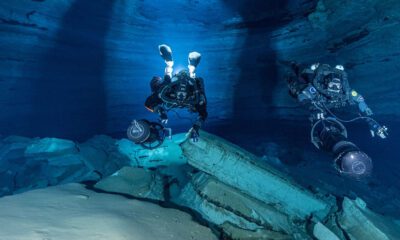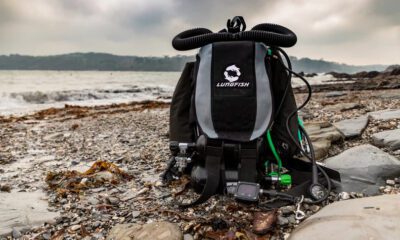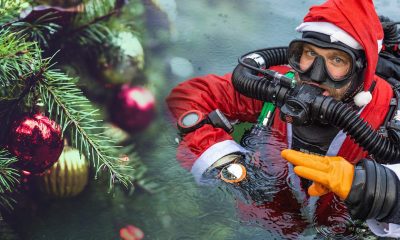

Equipment
InDepth’s Holiday Rebreather Guide: 2022 Update
Making a list. Checking it twice. Gonna find out which breathers are naughty or nice. That’s right! It’s time again for InDEPTH’s Holiday Rebreather Guide.
This year, the Guide features 28 models of back, chest, and side-mounted rebreathers, including two new entries, for your shopping operation. So, get out your pre-buy checklist, and that gift certificate and start ogling your loop of your fancy. Ho ho ho!
by Michael Menduno, SJ Alice Bennett, Amanda White and Kenzie Potter
Holiday images by Jason Brown, BARDO CREATIVE
A Guide to Backmount, Sidemount and Frontmount Rebreathers
1DEC 2022—Ho ho ho! Once again, we have updated InDEPTH’s Holiday Rebreather Guide adding two new rebreathers; the new Gemini sidemount, needle valve mCCR from Fathom Systems, and the Generic Breathing Machine (GBM) front mounted, needle valve mCCR, with a dive computer-compatible, solid state oxygen sensor from Scubatron. We also updated the features on the Divesoft Liberty sidemount, and the JJ-CCR. This year, Vobster Marine Systems was acquired by UK-based NAMMU Tech, which plans to rename and re-issue a version of the VMS Redbare. See link below.
Finally, Innerspace Systems’ founder Leon Scamahorn agreed to work on getting us the needed information to add the storied Megalodon to the Guide. Scratch last year’s coal, Xmas cookies for you Mr. Scamahorn! Happy holidays shoppers, here is our updated rebreather guide! Mind those PO2s!
17DEC2021: Ho Ho Ho! We have updated our Holiday Rebreather Guide with new rebreathers and updated features. Despite repeated requests, the only major closed circuit rebreather we are missing is Innerspace Systems’ Megalodon and its siblings. Tsk, tsk Leon Scamahorn, you’ve been a naughty boy! Behold, here is our updated guide. Mind those PO2s!
Sport diving rebreathers have come a long way since storied explorer Bill Stone trialed his 80 kg/176lb fully-redundant “Failsafe Rebreather For Exploration Diving” (F.R.E.D.), and spent a cool 24-hours underwater as part of his paradigm-shifting 1987 Wakulla Springs Project. In retrospect, looking back over the last 30-some years, the “Technical Diving Revolution,” which emerged in the late 1980s to late 1990s, was ultimately about the development and adoption of rebreather technology.
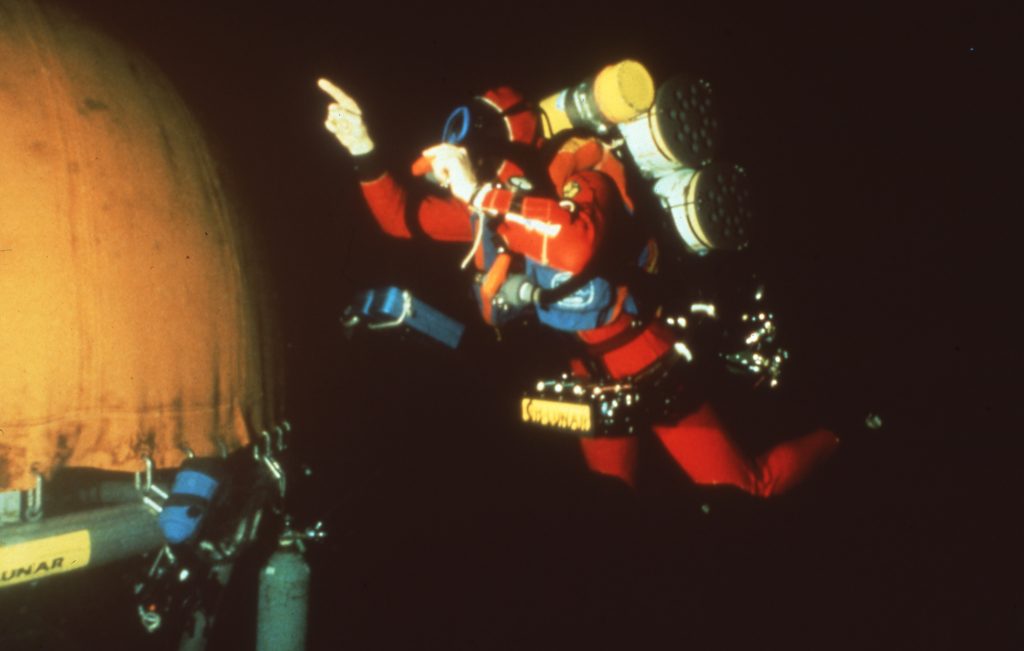
However, it took the fledgling tech community at least a decade to adapt mixed gas technology for open circuit scuba, including establishing the necessary supporting infrastructure, which was the first and necessary step in the move to rebreathers. A little more than a decade after Stone showcased FRED, British diving entrepreneur Martin Parker, managing director of then AP Valves, launched the “Buddy Inspiration,” the first production closed circuit rebreather designed specifically for sport divers, earning him the moniker, the “Henry Ford of Rebreathers.” [The brand name later became AP Diving] KISS Rebreathers followed a little more than a year later with its mechanical, closed circuit unit, now dubbed the KISS Classic. The rest as they say, is history, our history.
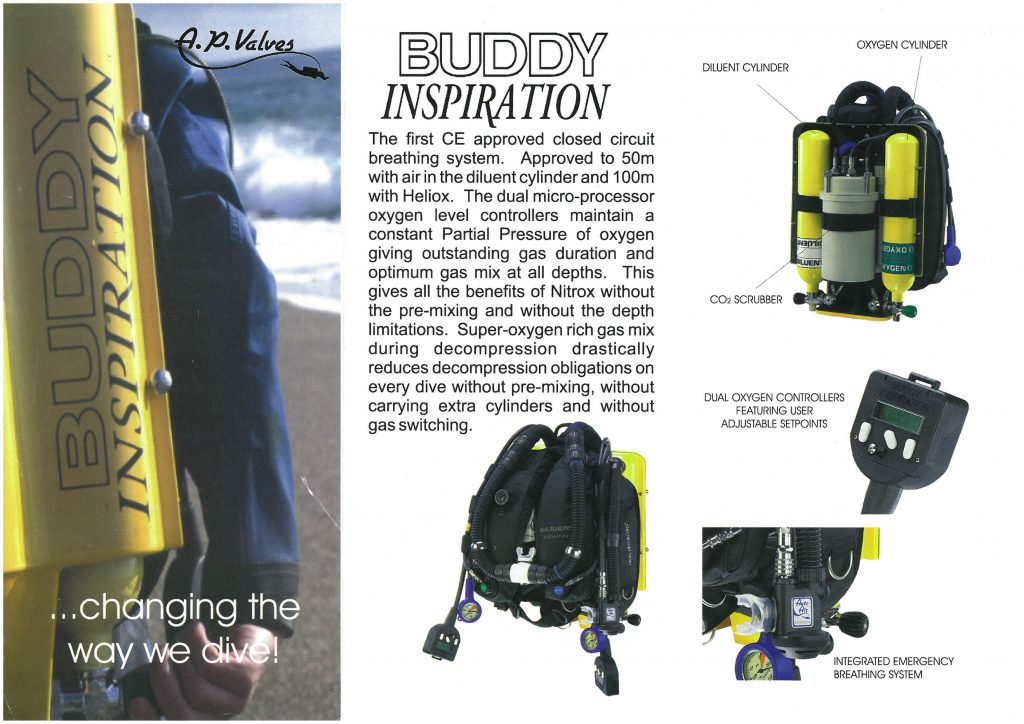
Today, though open-circuit mixed gas diving is still an important platform, rebreathers have become the tool of choice for deep, and long exploration dives. For good reason, with a greatly extended gas supply, near optimal decompression, thermal and weight advantages, bubble-free silence, and let’s not forget the cool factor, rebreathers enable tech divers to greatly extend their underwater envelope beyond the reach of open circuit technology.
As a result, divers now have an abundance of rebreather brands to choose from. Accordingly, we thought it fitting this holiday season to offer up this geeky guide for rebreather shoppers. Want to find out whose breathers are naughty or nice? Here is your chance.
Your Geeky Holiday Guide
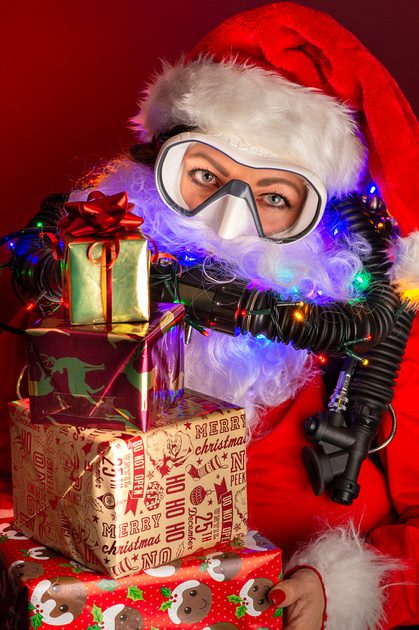
The idea for this holiday guide was originally proposed to us by Divesoft’s U.S. General Manager Matěj Fischer. Thank you Matěj! Interestingly, it doesn’t appear to have been done before. Our goal was to include all major brands of closed circuit rebreathers in back mount and sidemount configuration in order to enable shoppers to make a detailed comparison. In that we have largely succeeded. We also included Halcyon Dive Systems’ semi-closed RB80 and more recent RBK sidemount unit, which are both being used successfully as exploration tools.
Absent are US-based Innerspace Systems, which makes the Megalodon and other models, as well as Submatix, based in Germany, which manufactures the Quantum and sidemount SMS 200, neither of which returned our communications. M3S, which makes the Titan, declined our invitation to participate, as they recently discontinued their TITAN CCR—they will be coming out with a replacement unit, the TITAN Phoenix CCR in the near future. We did not include the MARES Horizon, a semi-closed circuit rebreather that is aimed at recreational divers. No doubt, there may be brands we inadvertently missed. Our apologies. Contact us. We can update.
Update (22JUL2021): French rebreather manufacturer M3S contacted us and sent us the specs for their updated chest-mounted Triton CCR, which are now included in the guide.
Update (9DEC2020): Submatix contacted us and the Guide now contains their Quantum (back mount) and SMS 200 (sidemount) rebreathers. We were also contacted by Open Safety Equipment Ltd. and have added their Apocalypse back mounted mechanical closed circuit rebreather. We will add other units as they are presented to us by the vendors.
It’s The Concept, Stupid
The plan was to focus on the feature sets of the various rebreathers to provide an objective means to compare various units. But features by themselves do not a rebreather make. As Pieter Decoene, Operations Manager at rEvo Rebreathers, pointed out to me early on, every rebreather is based on “a concept,” that is more than just the sum of its features. That is to say that the inventors focused on specific problems or issues they deemed important in their designs; think rEvo’s dual scrubbers, Divesoft’s redundant electronics, or integration of open and closed circuit in the case of Dive Rite’s recently launched O2ptima Chest Mount. Shoppers, please consider that as you peruse the various offerings. My thanks to Pieter, who helped us identify and define key features and metrics that should be considered.
Though not every unit on the market has been third-party tested according to Conformitè Europëenne (CE) used for goods sold in the European Union, we decided to use CE test results for some of the common feature benchmarks such as the Work of Breathing (WOB), and scrubber duration. For vendors that do not have CE testing, we suggested that they use the figures that they publicize in their marketing materials and asked that they specify the source of the data if possible. As such, the guide serves as an imperfect comparison, but a comparison nonetheless.

Also, don’t be misled by single figures, like work of breathing or scrubber duration as they serve only as a kind of benchmark—there is typically a lot more behind them. For example, whether a rebreather is easy to breathe or not is a function of elastance, work of breathing (WOB) and hydrostatic imbalance. In order to pass CE, the unit must meet CE test requirements for all three issues in all positions from head down, to horizontal trim, to being in vertical position (Watch that trim!), to lying on your back looking upwards. It’s more difficult to pass the tests in some positions versus others, and some units do better in some positions than others.
The result is that some of the feature data, like WOB, is more nuanced than it appears at first glance. “The problem you have is people take one value (work of breathing for instance) and then buy the product based on that, but it just isn’t that simple an issue,” Martin Parker explained to me. “It’s like people buying a BCD based on the buoyancy; bigger is better, right? Wrong! It’s the ability of the BCD to hold air near your centre of gravity determines how the BC performs. With rebreathers you can have good work of breathing on a breathing machine only to find it completely ruined by it’s hydrostatic imbalance or elastance.”
Due to their design, sidemount rebreathers are generally not able to pass CE requirements in all positions. Consequently, almost all currently do not have CE certification; the T-Reb has a CE certification with exceptions. However, that does not necessarily mean that the units haven’t been third-party tested.
Note that the guide, which is organized alphabetically by manufacturer, contains the deets for each of their featured models. In addition, there are two master downloadable spreadsheets, one for back mounted units and one for sidemount. Lastly, I’d also like to give a shout out to British photog phenom Jason Brown and the BARDOCreative Team (Thank you Georgina!), for helping us inject a bit of the Xmas cheer into this geeky tech tome [For insiders: this was Rufus and Rey’s modeling debut!]. Ho, ho, hose!
With this background and requisite caveats, we are pleased to offer you our Rebreather Holiday Shoppers’ Guide. Happy Holidays!!
Ed. note: Most prices shown below were specified by manufacturer before tax.
Backmount Rebreathers

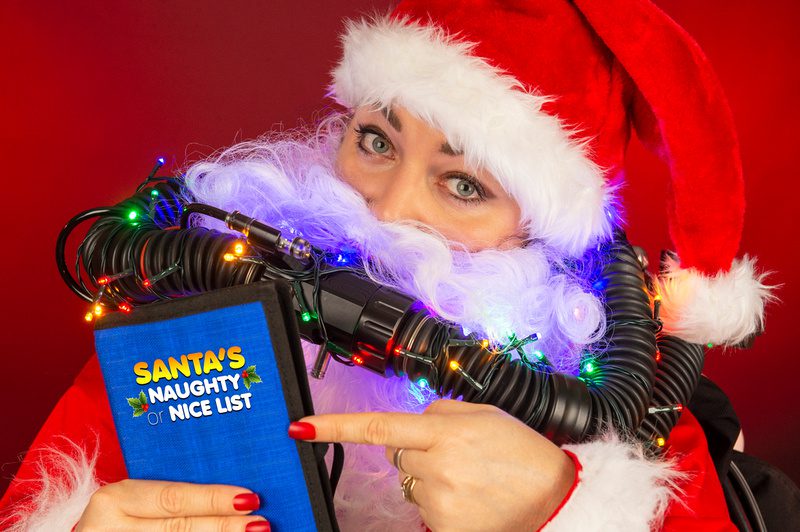
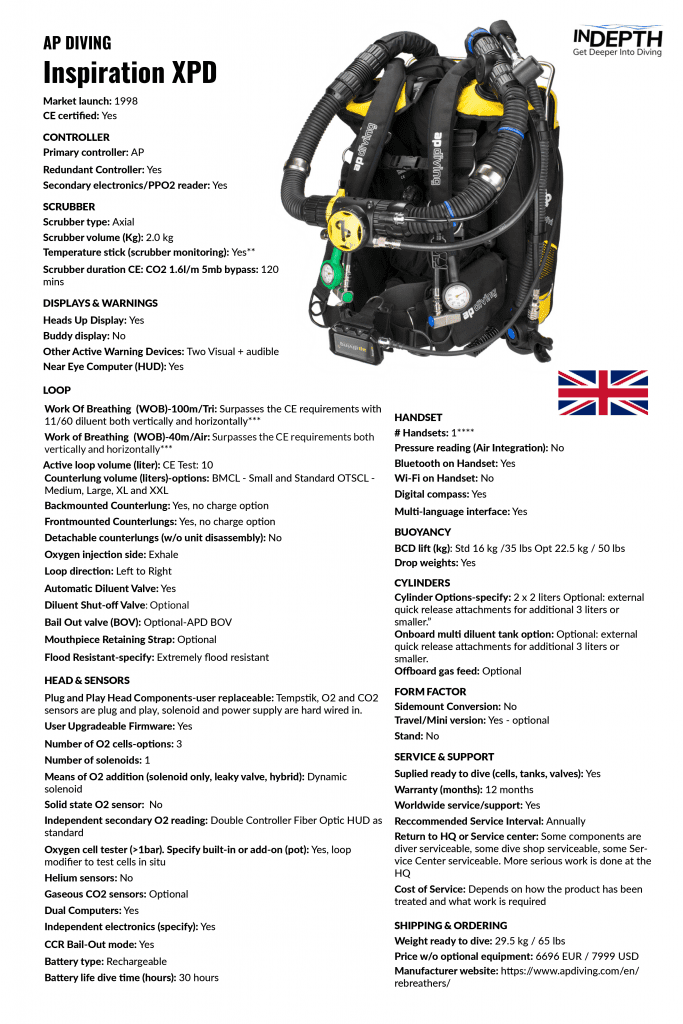
**Typical scrubber duration using AP Tempstik increases practical duration to more than double CE test rate figures – as the AP Tempstik shows scrubber life based on actual work rate, water temperature and depth.
*** The work of breathing is the effort required to push gas around the breathing circuit BUT that figure alone is meaningless without knowing two other parameters: Hydrostatic load and elastance. Note that AP Diving rebreathers meet the CE requirements in all diver attitudes for both Hydrostatic Imbalance 0 degrees (horizontal, face down) and Hydrostatic Imbalance +90 degrees (vertical, head up.)
**** APD’s handset offers a “dual display” feature showing data from both controllers on the same handset. The user can also see the gradient factors chosen and the mVolt outputs of the cells by holding a button down.
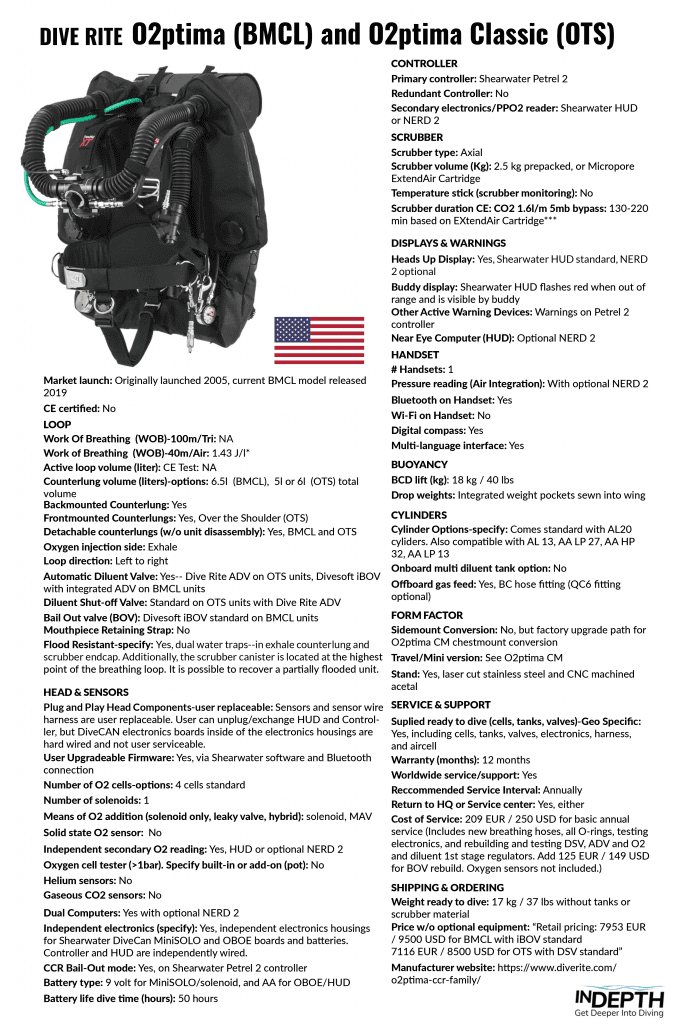

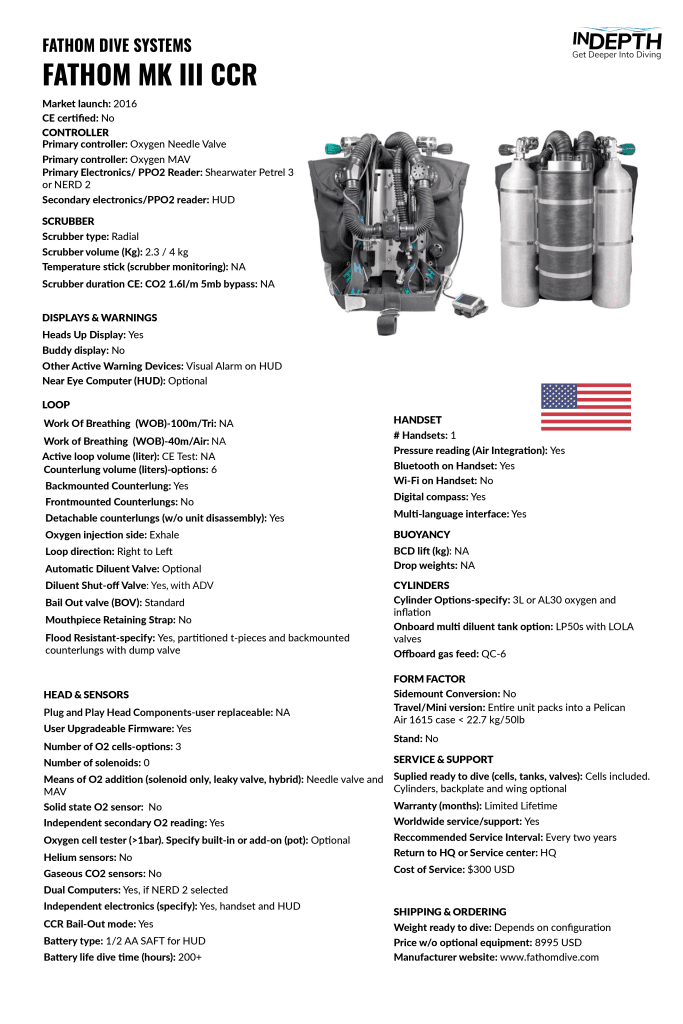
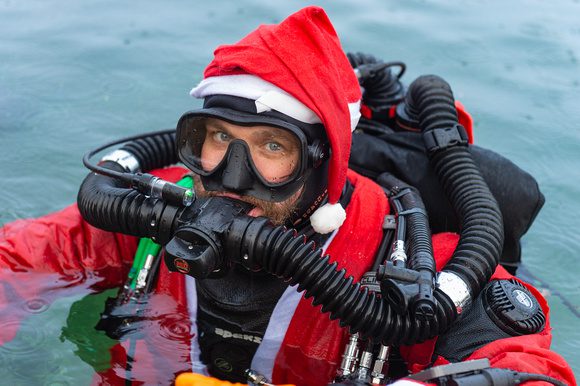

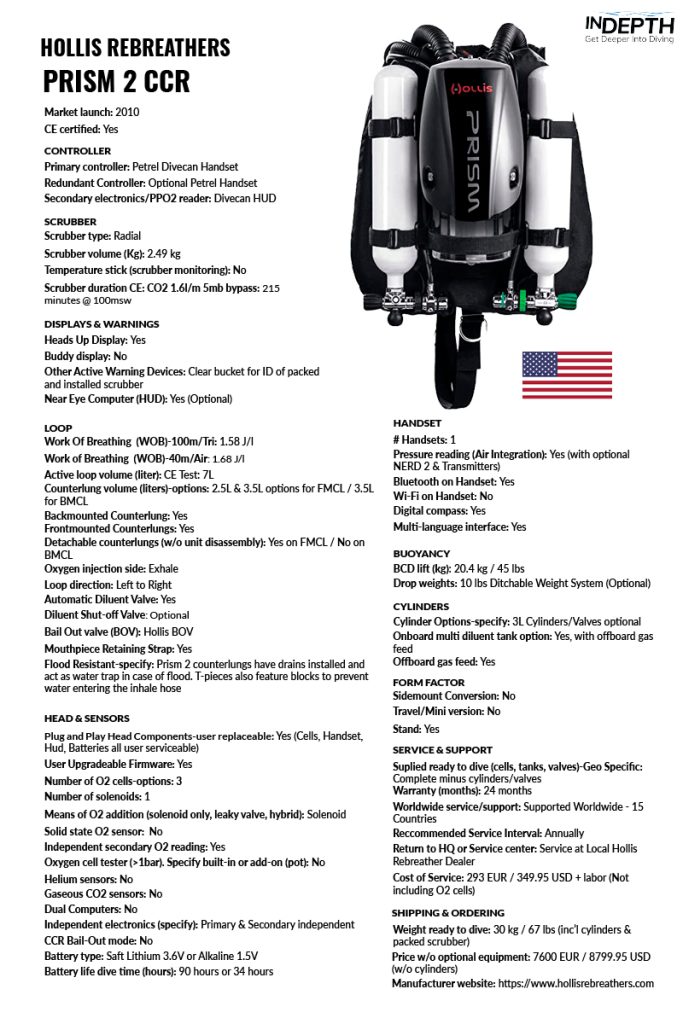

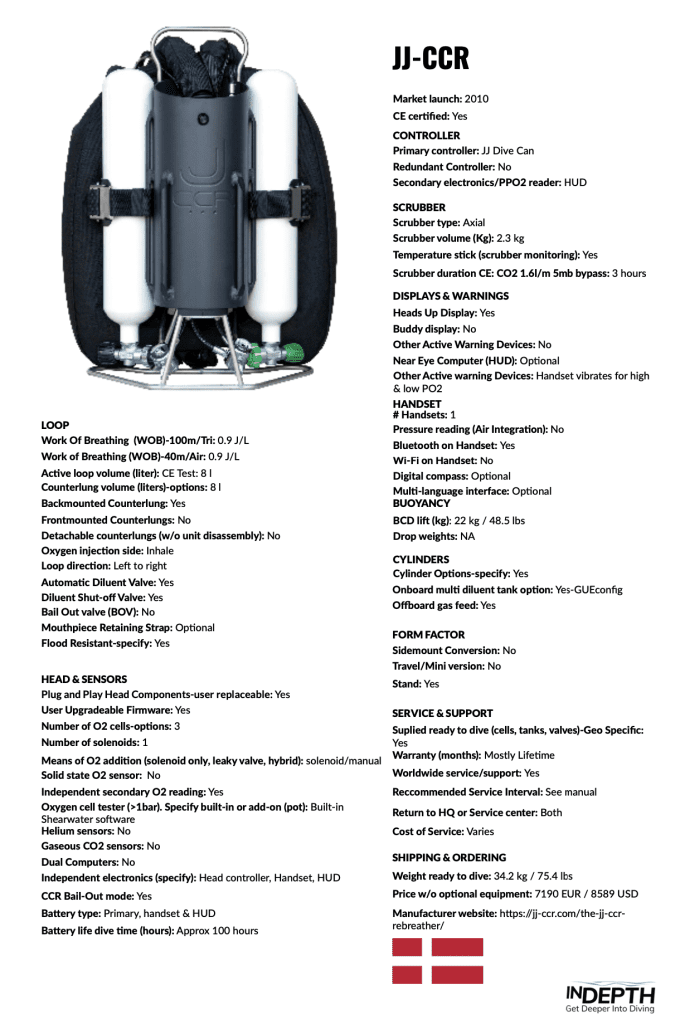
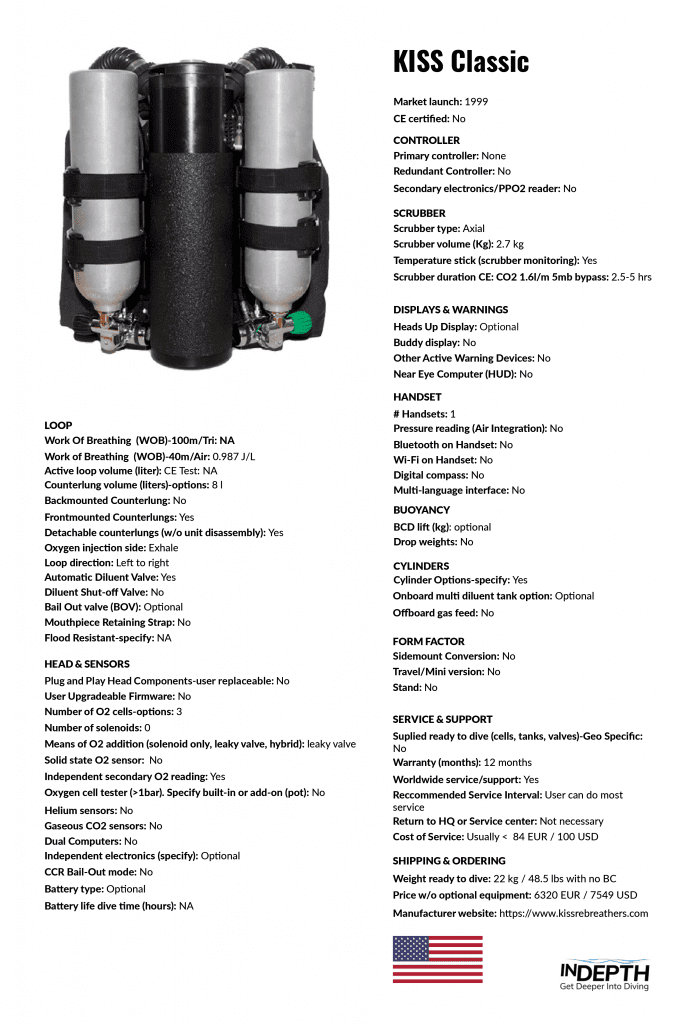
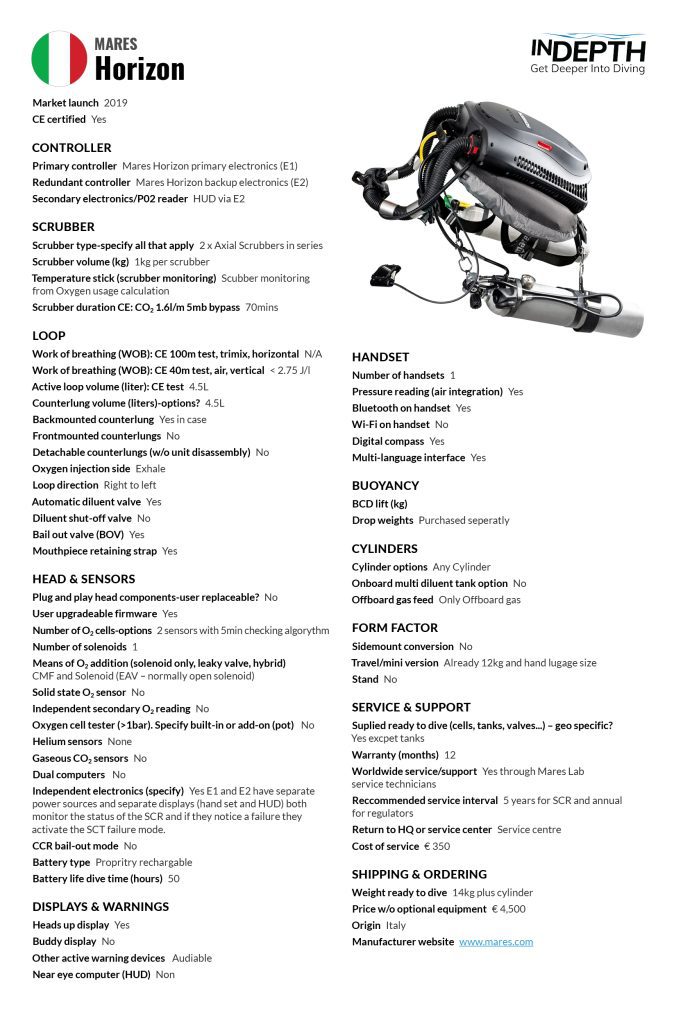
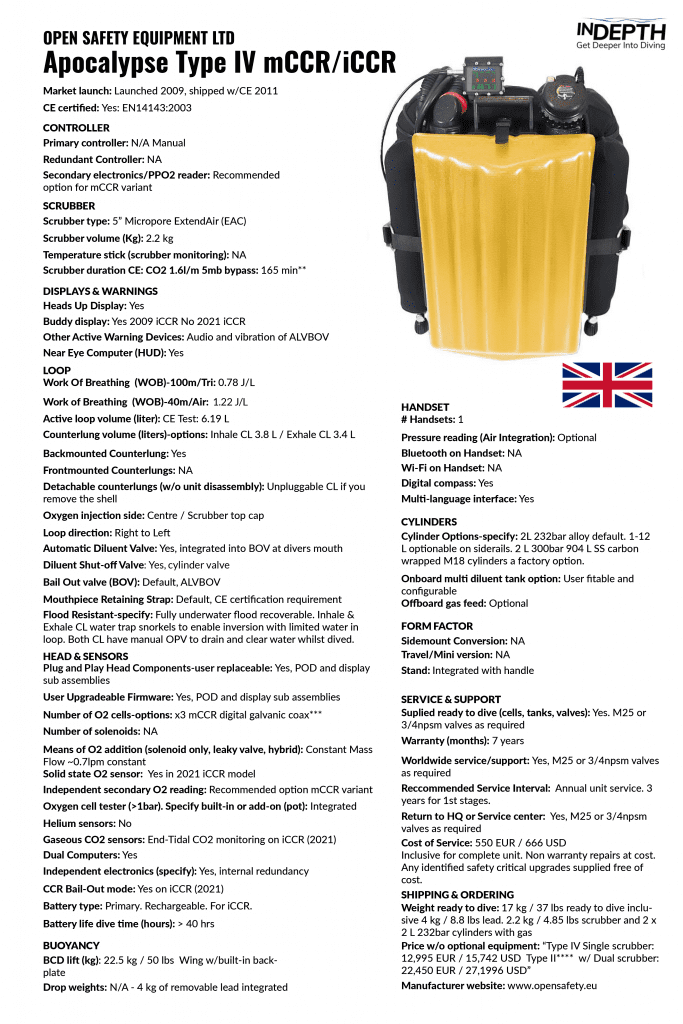
**For CE certification the recommended Apocalypse Type IV CCR scrubber duration is 2hr 45min to a maximum dive profile surface to surface of 100m in 4’C water to 2.0% SEV (20mb) at the mouth.
***iCCR (2009) 3x digital galvanic coax, iCCR (2021) x2 galvanic 1x solid state
****All performance data near near identical to single scrubber option other than increased scrubber duration of up to 5 hrs to 100 m profile in 4’C water)
Published Testing: https://www.opensafetyglobal.com/Safety_files/DV_OR_ScrubberEndurance_Retest_SRB_101215 .pdf https://www.opensafetyglobal.com/Safety_files/DV_OR_WOB_Respiratory_C1_101111.pdf https://www.opensafetyglobal.com/Safety_files/DV_DLOR_HydroImbal_101116.pdf
(FMECA) https://www.deeplife.co.uk/or_fmeca.php

** 40 m coldwater EN14143
*** Backmounted Trimix 10/70, 40M test: Backmounted Air
**** SE7EN+ Sport EU incl (harness, wing, computer, cylinders and sensors)
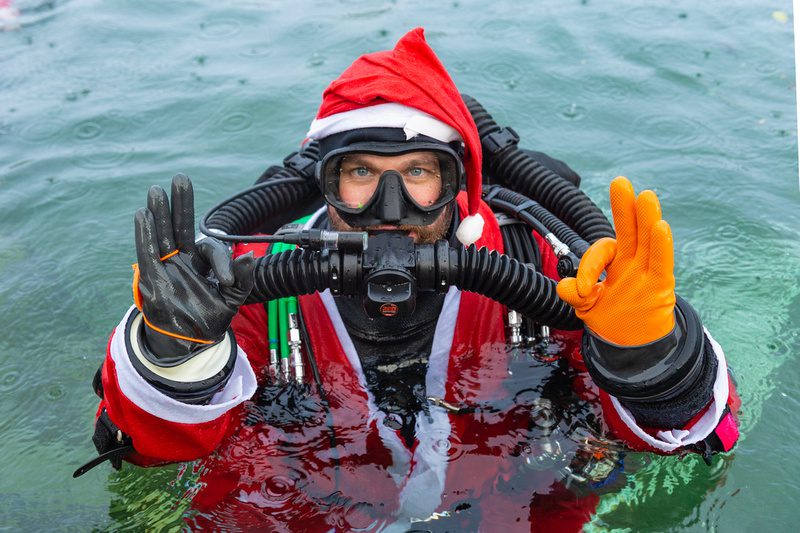
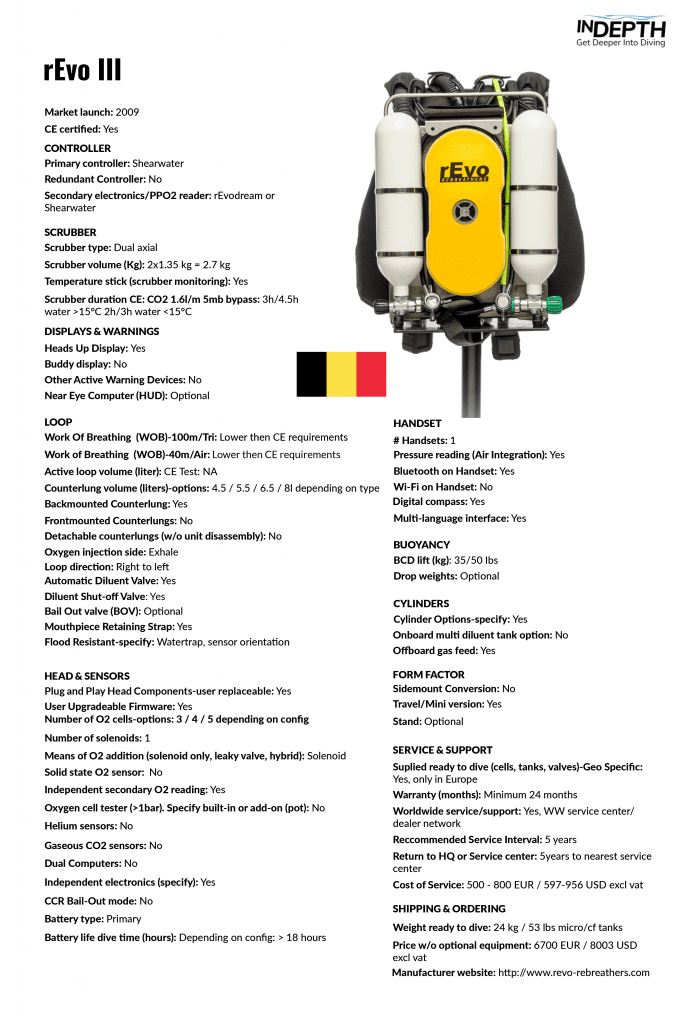
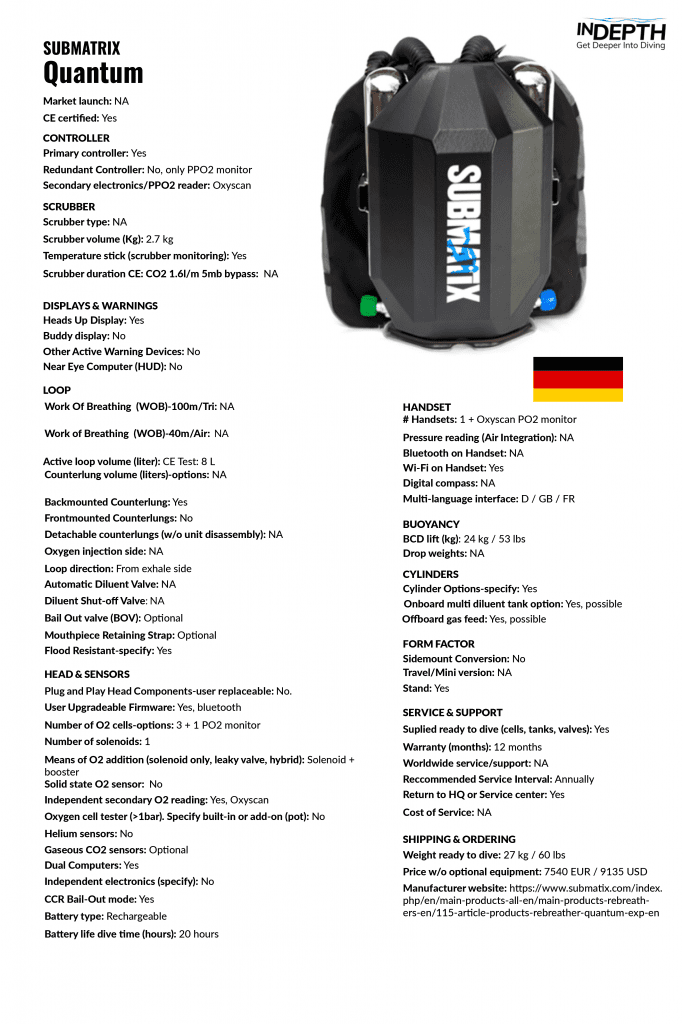
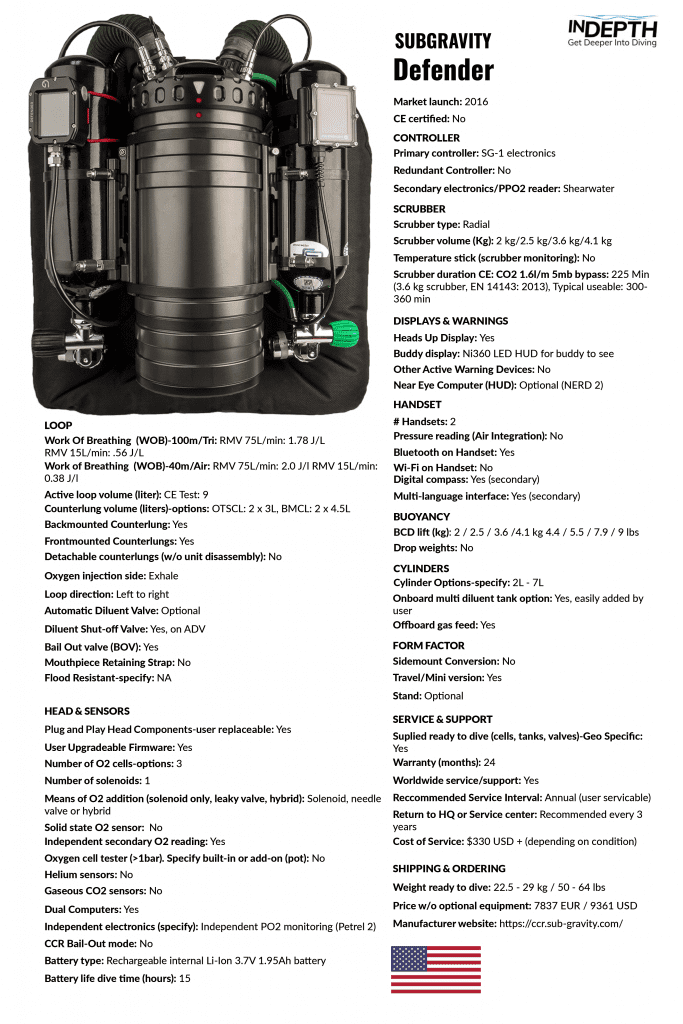
NOTE: Vobster Marine Systems were acquired by UK-based NAMMU Tech, which plans to rename and re-issue a version of the VMS Redbare (formerly the Sentinel) at some point in the future. See: Atlas CCR
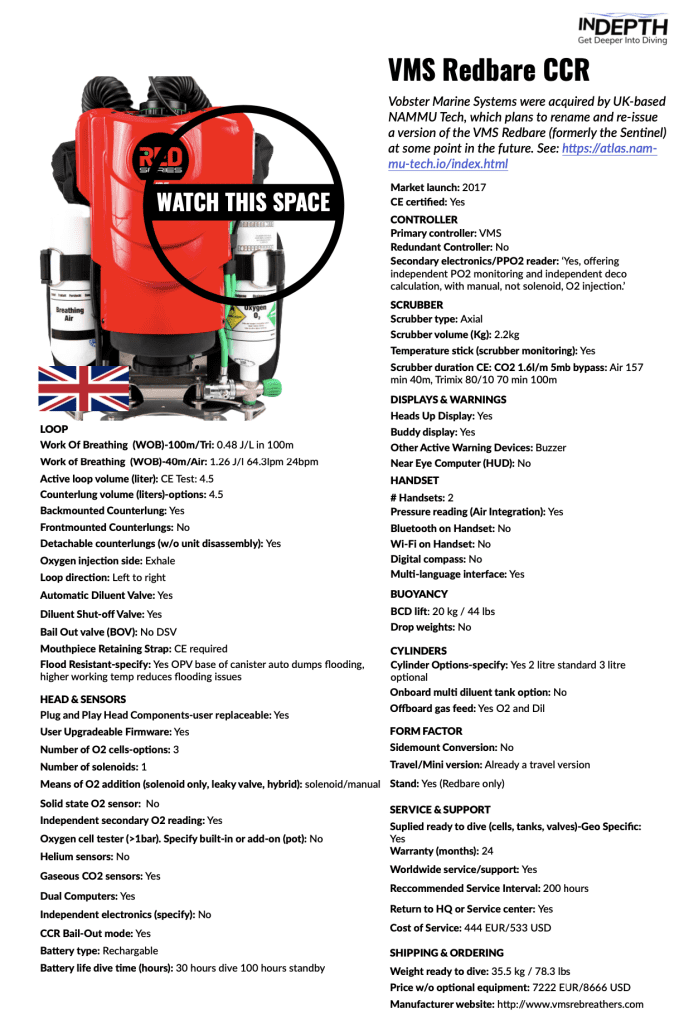

Sidemount Rebreathers
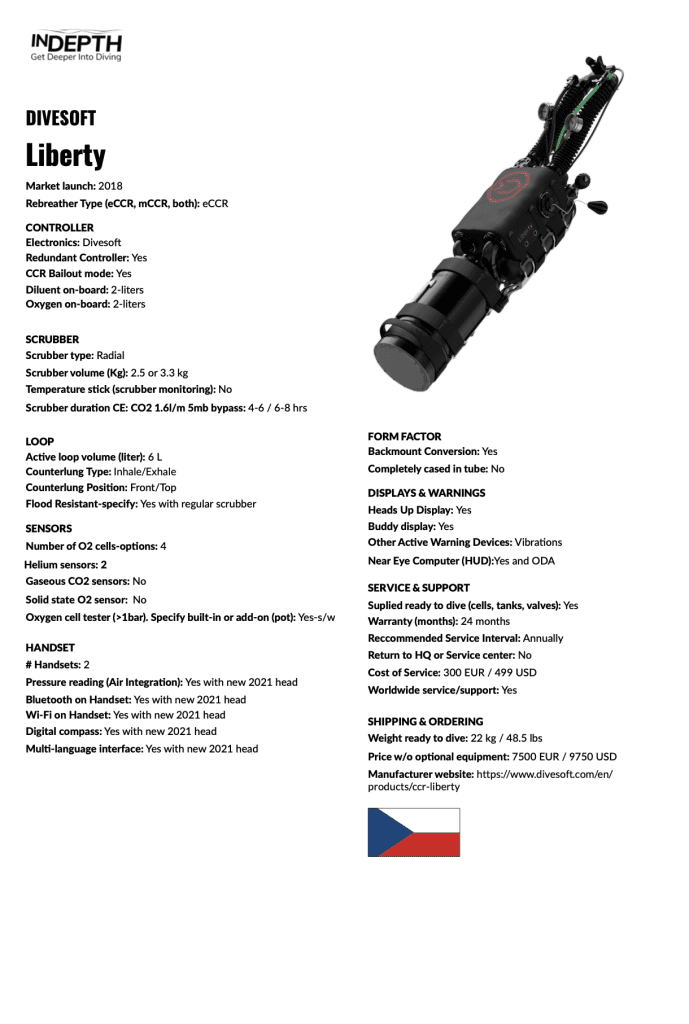
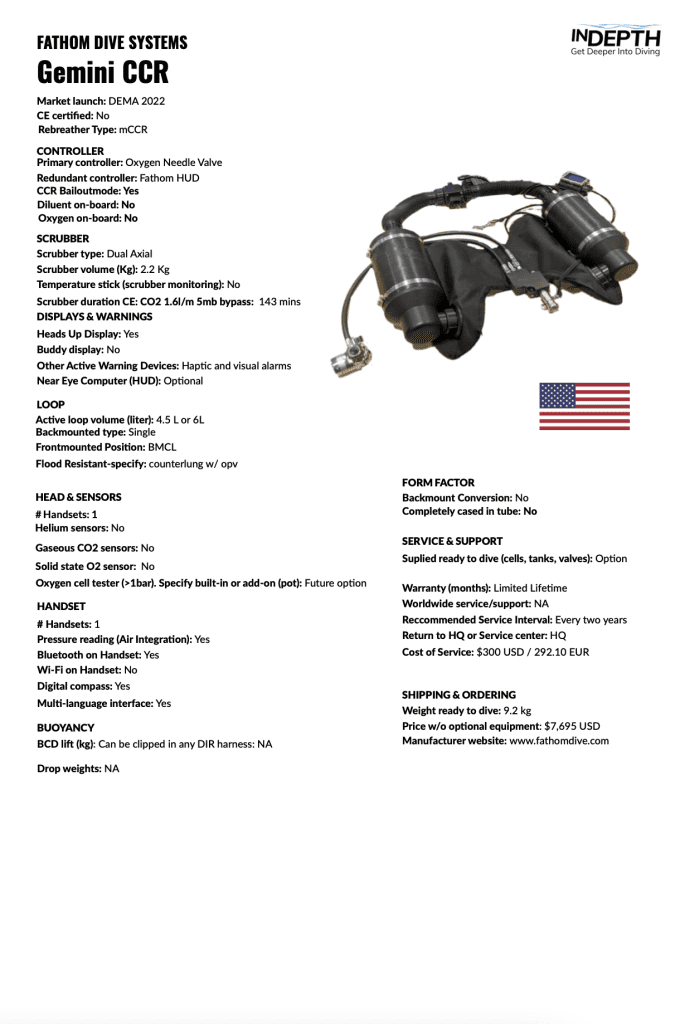
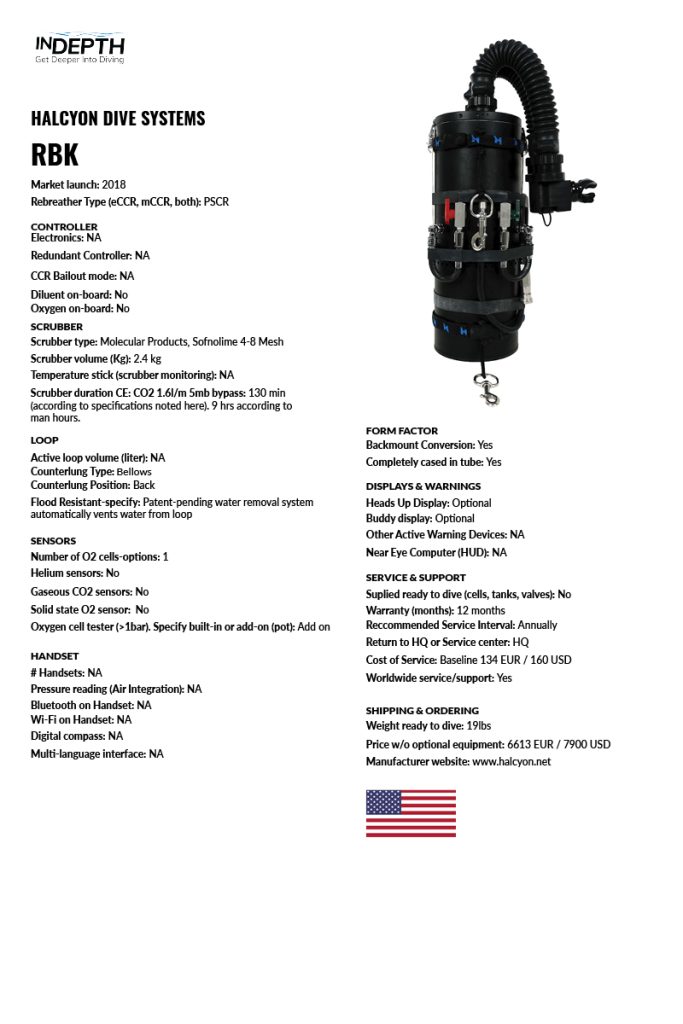

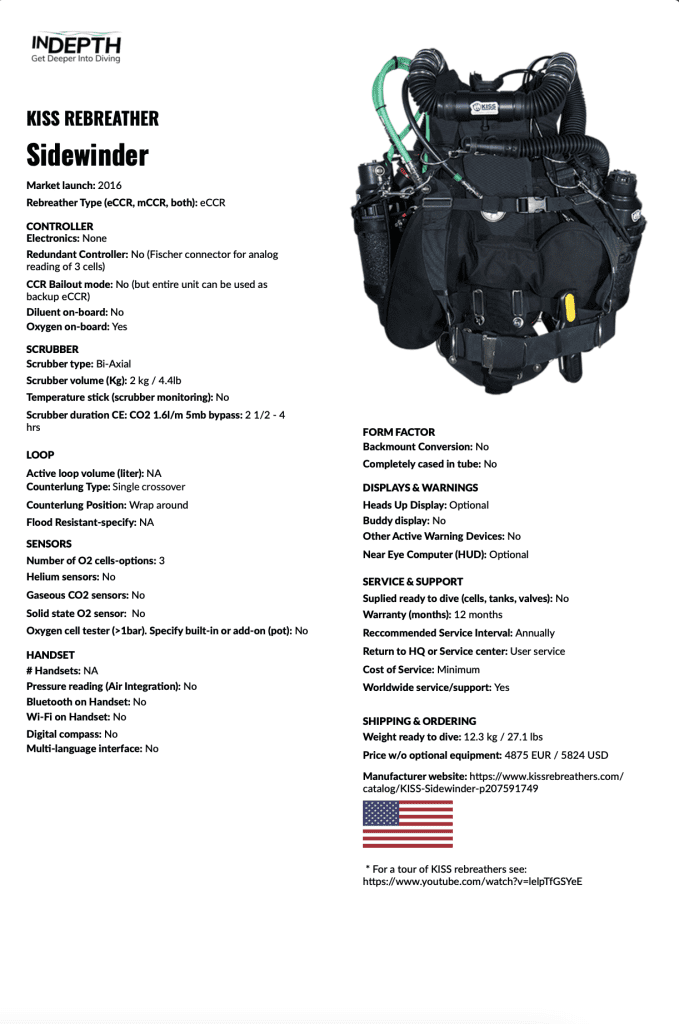
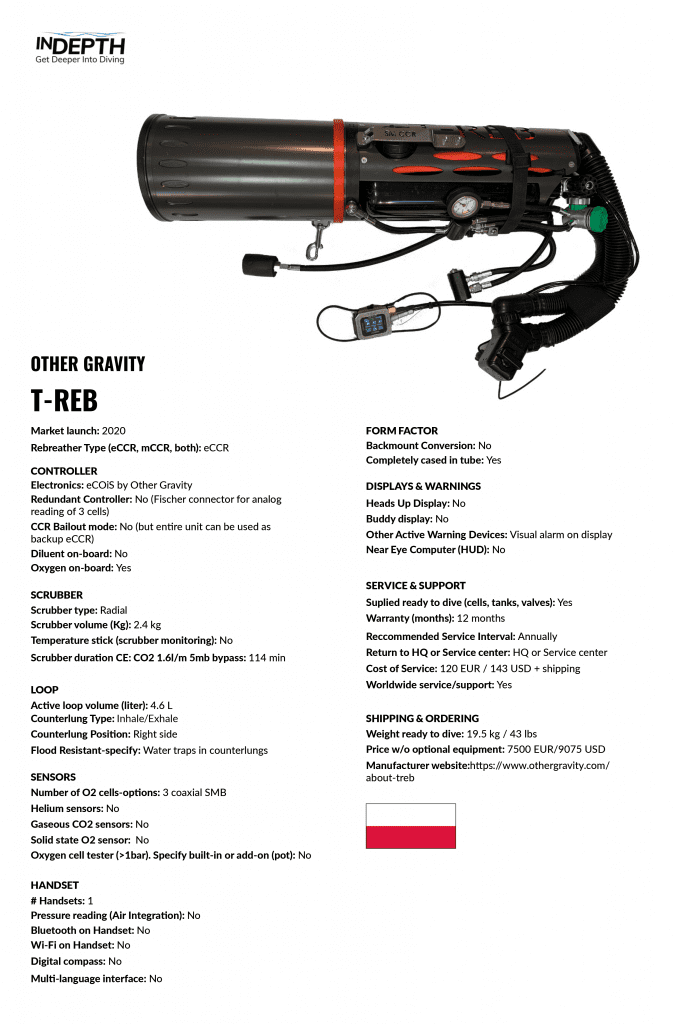
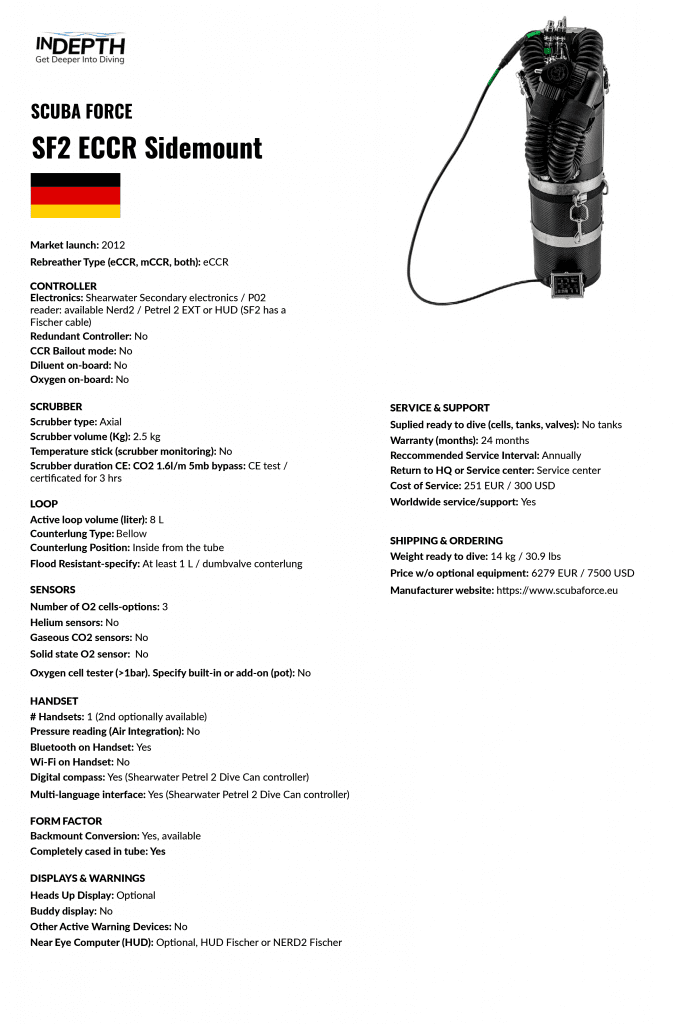
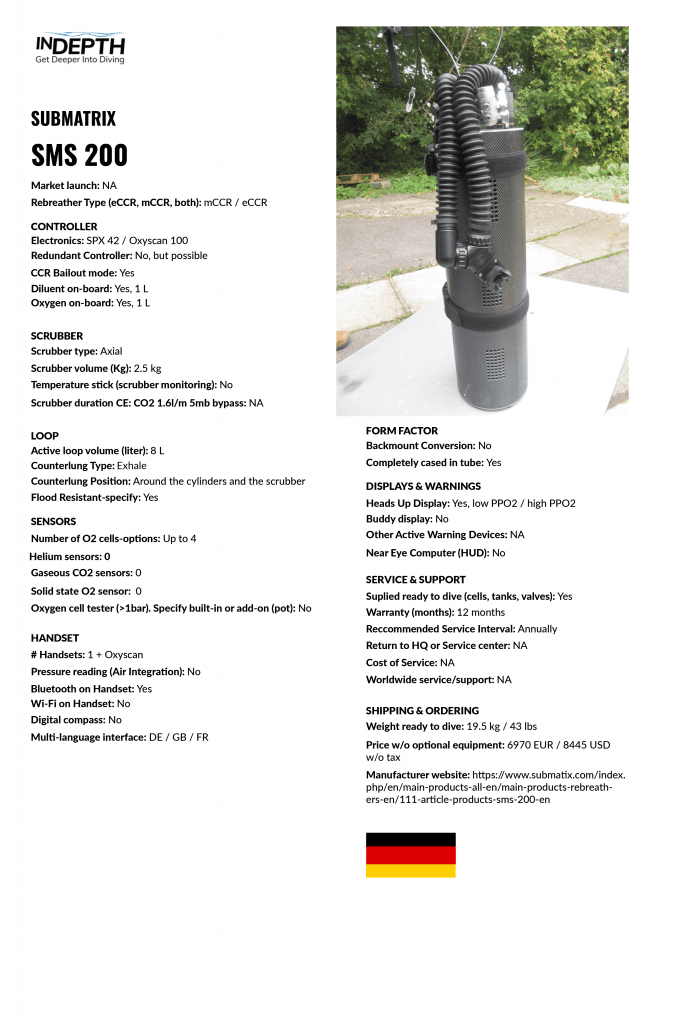

Frontmount Rebreathers
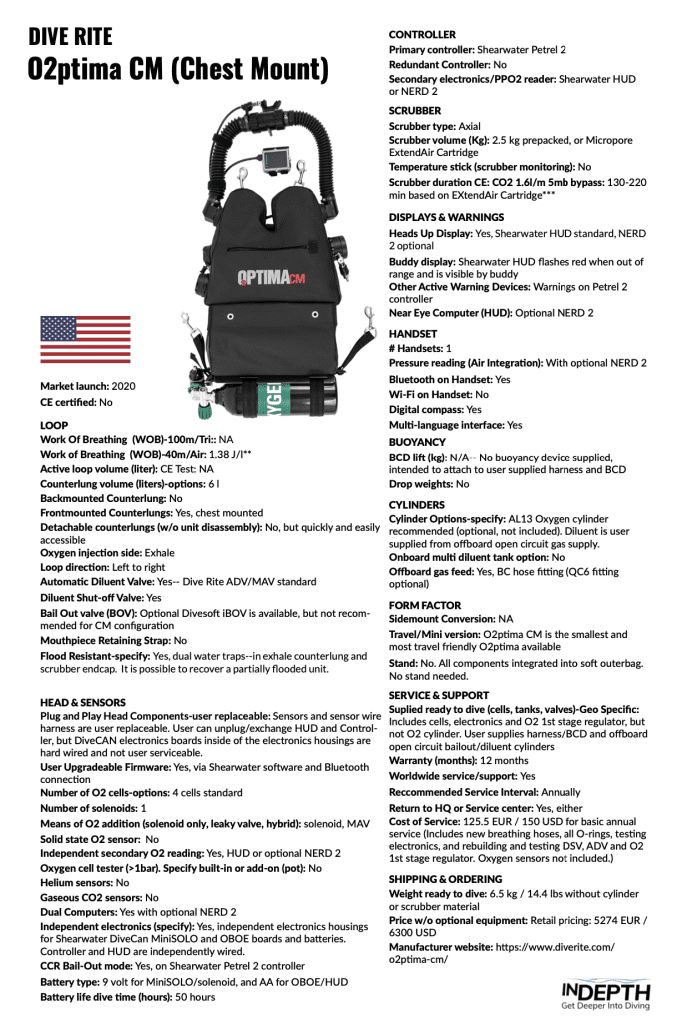
**Tested with standard DSV, 45° head up/feet down orientation, 40 m depth, 40.0 lpm RMV, Air diluent
*** Micropore ExtendAir Cartridge:
180 liters of CO2 @ < 50 deg F [<10 C] (130 minutes @1.35lpm CO2)
240 liters of CO2 @ 50-70 deg F [10-20C] (180 minutes @ 1.35lpm CO2)
300 liters of CO2 @ >70 deg F [>20C] (220 minutes @ 1.35lpm CO2)
Test Parameters: 40 lpm RMV 1.35 lpm CO2130 fsw (40 m) depth Granular duration may be similar, but can vary greatly depending upon the type of granular and packing technique
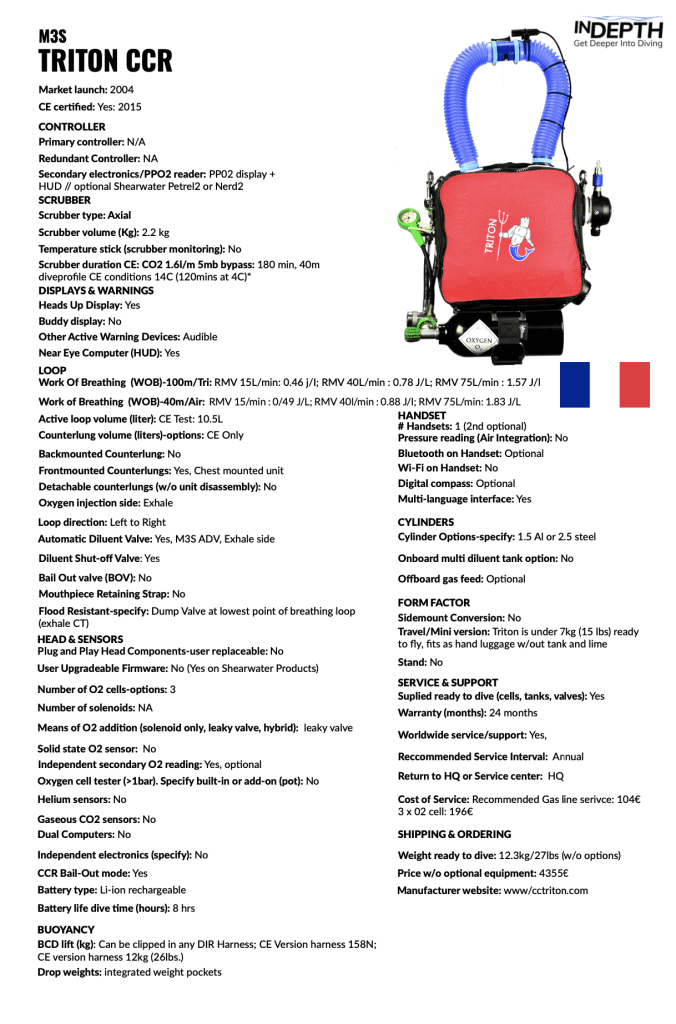
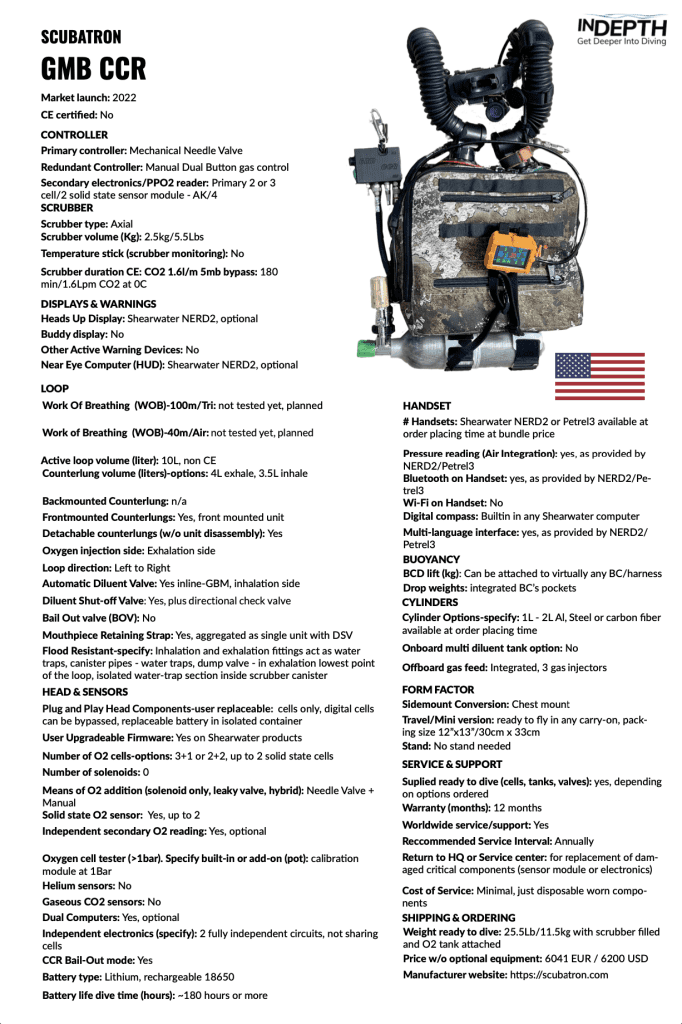
Download our two master spreadsheets, one for back mounted units and one for sidemount to compare rebreathers.
Special thanks to Amy LaSalle at GUE HQ for her help assembling the feature spreadsheets.
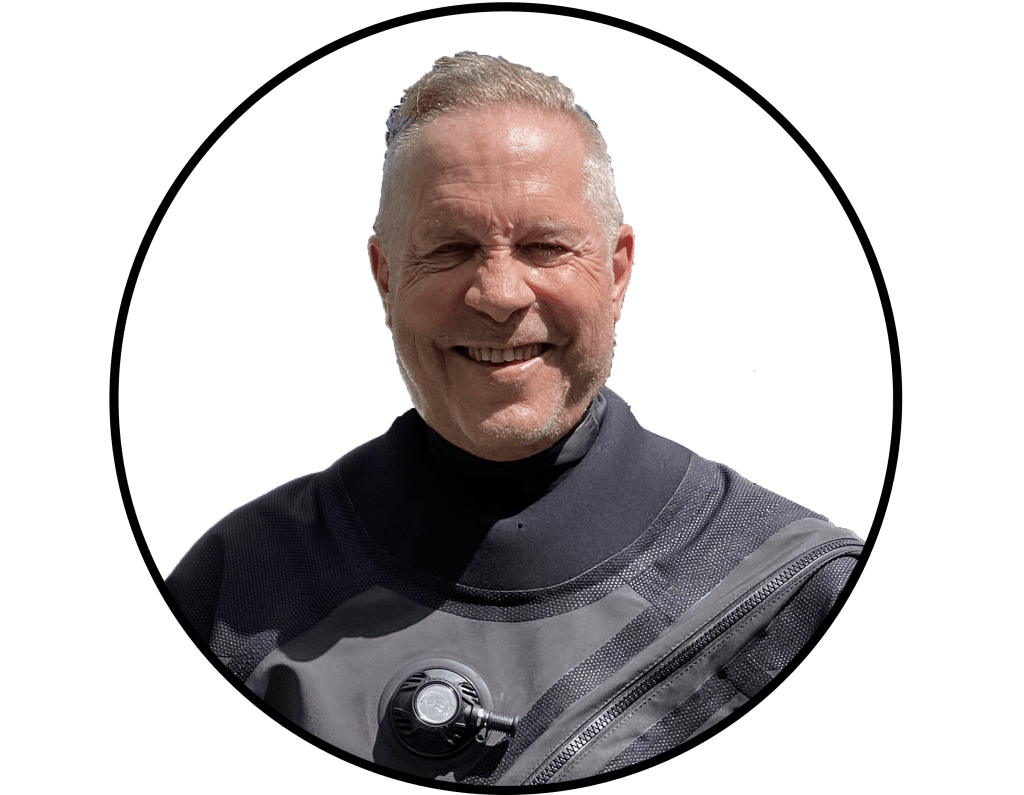
Michael Menduno is InDepth’s editor-in-chief and an award-winning reporter and technologist who has written about diving and diving technology for 30 years. He coined the term “technical diving.” His magazine aquaCORPS: The Journal for Technical Diving (1990-1996), helped usher tech diving into mainstream sports diving. He also produced the first Tek, EUROTek, and ASIATek conferences, and organized Rebreather Forums 1.0 and 2.0. Michael received the OZTEKMedia Excellence Award in 2011, the EUROTek Lifetime Achievement Award in 2012, and the TEKDive USA Media Award in 2018. In addition to his responsibilities at InDepth, Menduno is a contributing editor for DAN Europe’s Alert Diver magazine and X-Ray Magazine, a staff writer for DeeperBlue.com, and is on the board of the Historical Diving Society (USA)

Amanda White is the managing editor for InDepth. Her main passion in life is protecting the environment. Whether that means working to minimize her own footprint or working on a broader scale to protect wildlife, the oceans, and other bodies of water. She received her GUE Recreational Level 1 certificate in November 2016 and is ecstatic to begin her scuba diving journey. Amanda was a volunteer for Project Baseline for over a year as the communications lead during Baseline Explorer missions. Now she manages communication between Project Baseline and the public and works as the content and marketing manager for GUE. Amanda holds a Bachelor’s degree in Journalism, with an emphasis in Strategic Communications from the University of Nevada, Reno.
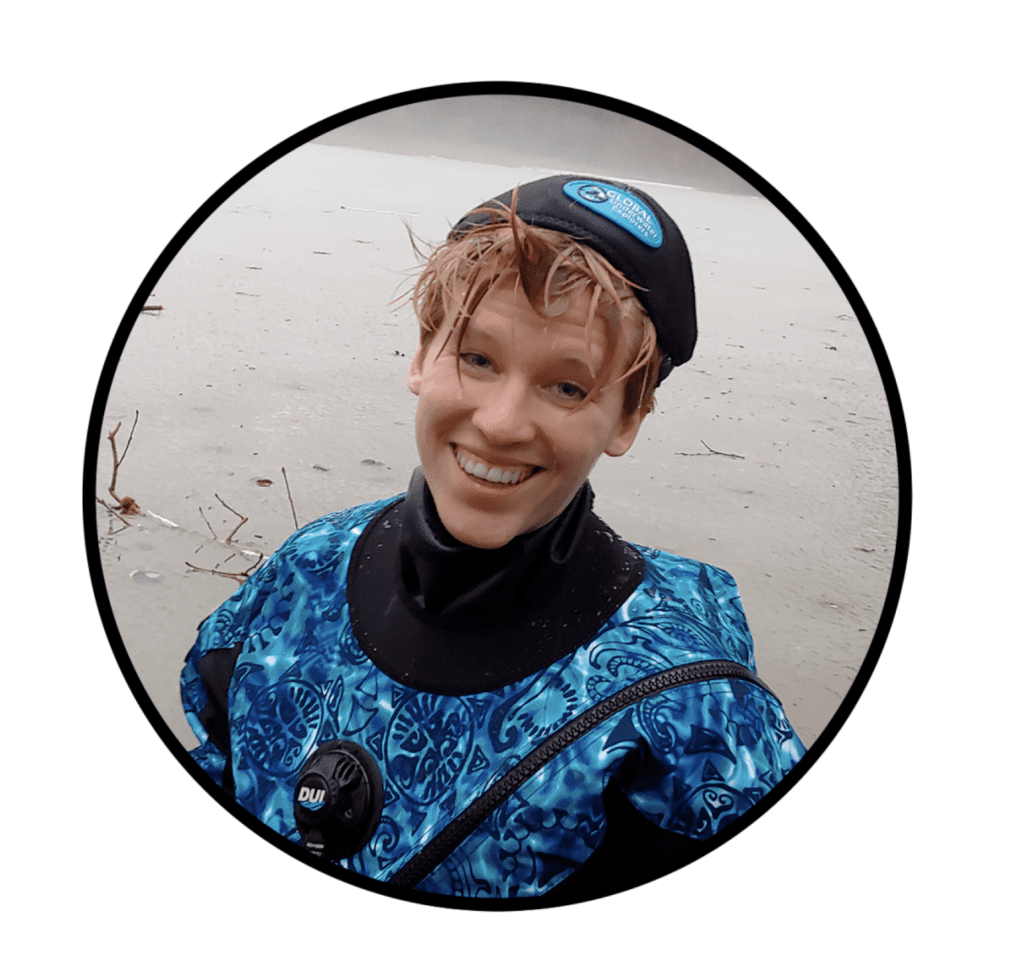
Kenzie Potter Stephens is a production artist for InDepth as well as part of the GUE marketing team. She earned her BS degree in Industrial Engineering and Marketing at the Karlsruhe Institute of Technology (KIT) in Germany, which assists her in using her multicultural upbringing to foster international growth within the community. In addition to her activities as a yoga teacher and an underwater rugby trainer, she has completed her GUE Tech 1 and Cave 1 training and is on her way to becoming a GUE instructor. Not letting any grass grow under her feet, she has also taken on a second major in biochemistry in order to create a deeper understanding of our planet’s unique ecosystems as well as the effect of diving on human physiology.



















